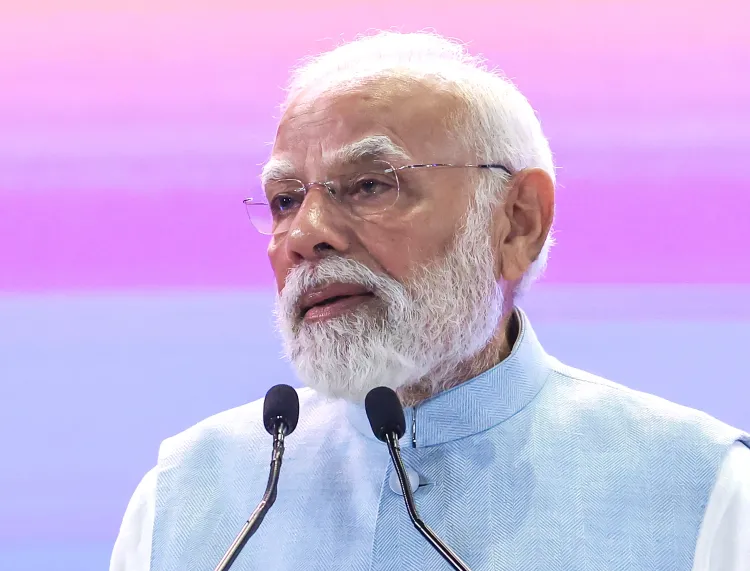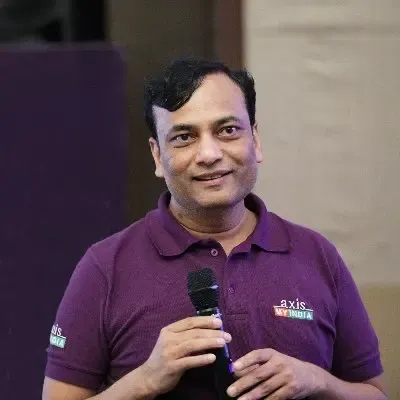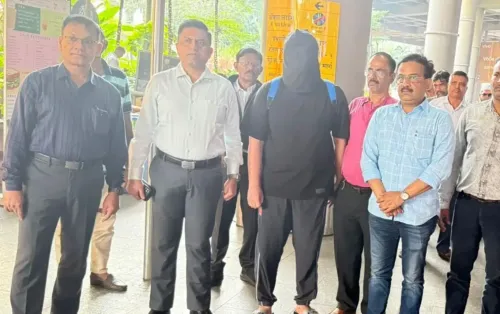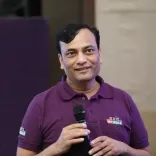Will PM Modi Lead the Janjatiya Gaurav Divas at Narmada’s Sacred Devmogra Dham?

Synopsis
Key Takeaways
- Janjatiya Gaurav Divas celebrates tribal heritage and valor.
- The Devmogra Dham is a significant cultural and spiritual site.
- Pandori Mata is revered for her compassion and support to devotees.
- Annual fairs like Mahashivratri showcase traditional rituals and community bonding.
- Devmogra Dham serves as a cultural hub for tribal traditions.
Gandhinagar, Nov 13 (NationPress) The revered Devmogra Dham, situated in Gujarat’s Narmada district and known as the spiritual abode of Pandori Mata, will be the focal point as Prime Minister Narendra Modi spearheads the nationwide observance of Janjatiya Gaurav Divas on November 15.
This significant day commemorates the 150th birth anniversary of Birsa Munda and is dedicated to honoring the bravery, sacrifices, and rich cultural heritage of India’s tribal populations.
Set against the tranquil backdrop of the Satpura mountain range, the historic Devmogra Dham temple carries profound spiritual and historical importance. Its design closely mirrors that of Nepal's renowned Pashupatinath Temple.
The temple is dedicated to Pandori Mata (Yahamogi), venerated as Kani-Kansari, the perpetual provider of sustenance and protector of tribal communities. Legend has it that during a devastating drought, the goddess ensured that no devotee experienced hunger, symbolizing her compassion and abundance even today.
Annually, hundreds of thousands of devotees from Gujarat, Maharashtra, Madhya Pradesh, and Rajasthan pilgrimage to the temple, seeking blessings and relief from life's trials.
The belief is that those who approach the goddess in despair depart with a sense of peace and fortitude. A highlight of the Devmogra Dham experience is the Mahashivratri Fair, which attracts thousands to witness the Gadh Yatra—a grand procession featuring traditional dance, music, and the ritual bathing of the goddess in a natural spring.
A centuries-old tradition during the fair includes a unique weather prediction ritual, where the blossoming of the sacred Kakal tree is thought to forecast the year’s agricultural yield. Beyond its religious significance, Devmogra Dham serves as a cultural epicenter for tribal heritage.
During the Hob Yatra, devotees adorned in vibrant attire present the first grains of their harvest to the Goddess before partaking in them. Women bedecked in traditional silver and gold jewelry join men carrying 'hiri' offerings of vegetables and sacred items atop their heads.
The temple thus encapsulates a living tradition that links the community to their ancestral roots and the cycles of nature. The month-long Holi celebrations at Devmogra Dham further showcase the region’s cultural vibrancy, as folk performers known as Gheriyas travel from village to village, singing and dancing to celebrate life and unity.









